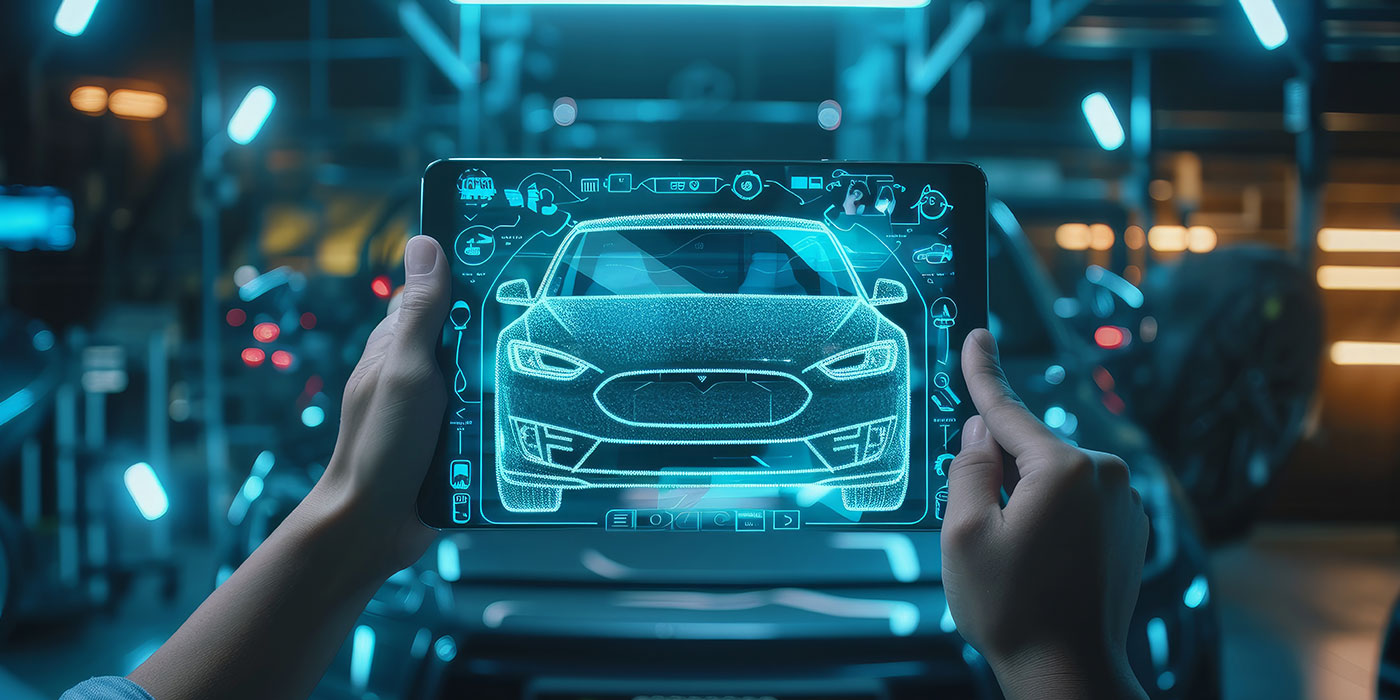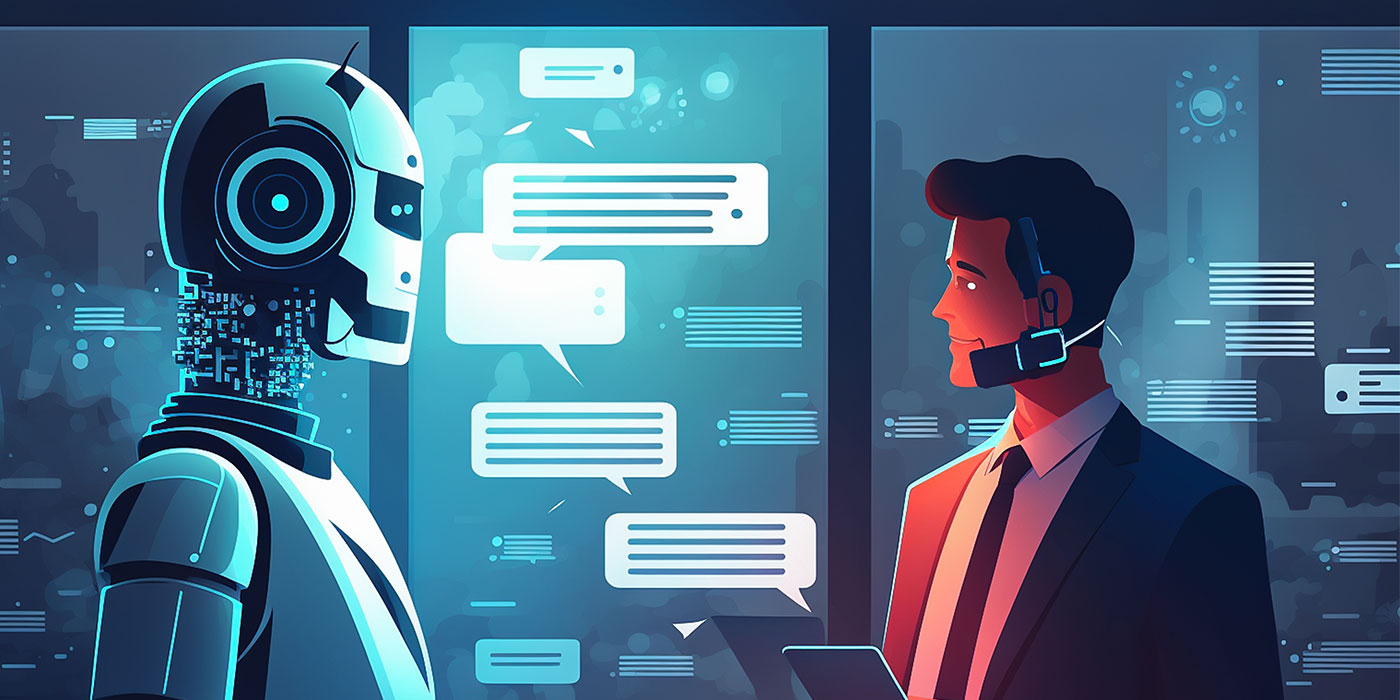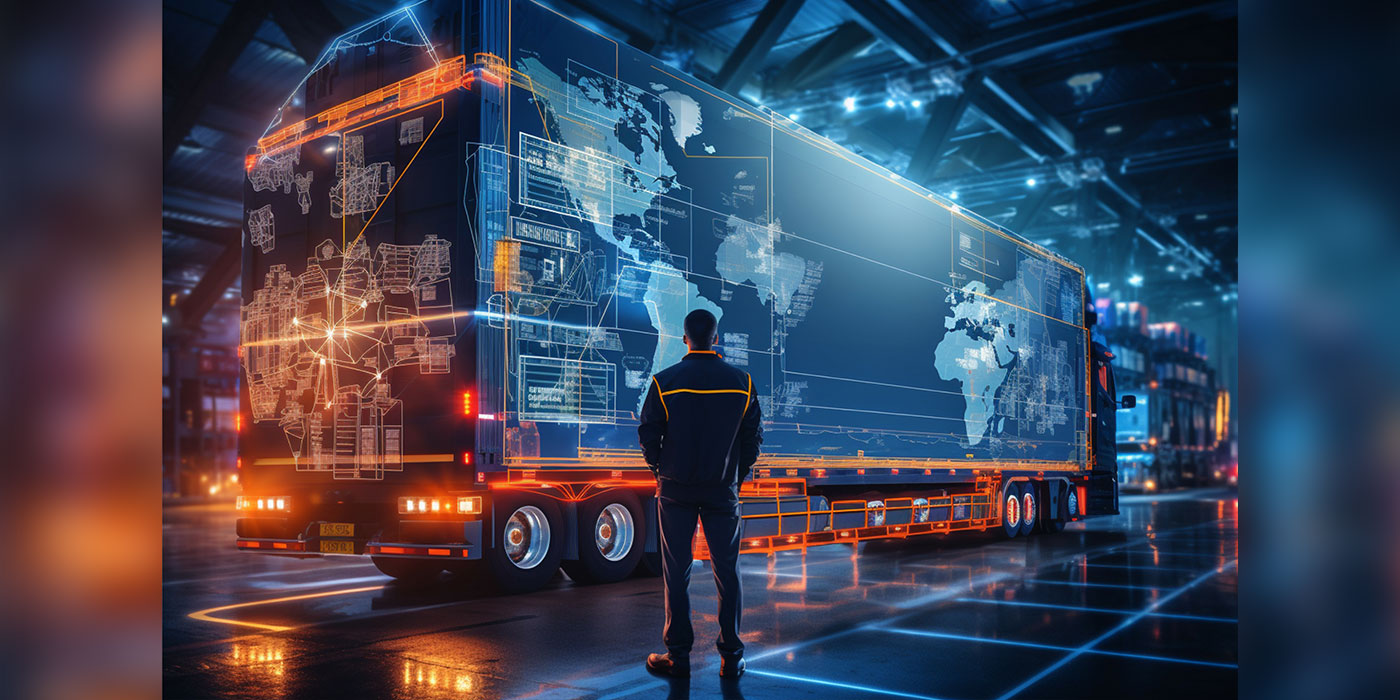With the current state of disruption in global business due to the COVID-19 pandemic, uncertainty is palpable in most industries, including the automotive industry. Many businesses have adapted their operational models to optimize digital customer relationships to drive revenue, knowing that many of the recent changes will be long term, if not permanent, as economies change what it means to be “open for business.”
Many businesses that have been successful during this time have emphasized live engagement solutions to assist customers and increase purchasing confidence online, even when they can’t help them in person.
Automotive stats from five years ago show that customers would physically visit more than seven dealerships on average before making a purchase. In pre-pandemic 2020, the average dealerships visits had dropped to only 1.6 visits per purchase. With 89% of consumers beginning their car-buying journey online, it was already essential that a dealer’s website offer conversational experiences, engaging potential customers with the responsive, personal attention and brand of that dealership.
This has transformed post-pandemic to customers demanding not just conversational engagements but full two-way video experiences, with the ability to view the product in detail and complete the entire purchase through a digital experience. The digital showroom has arrived. Innovative dealerships like Penske and Sytner have been providing such fully digital buying experiencefor a few years now.
Creating Buying Confidence: Bringing a Full Showroom Experience Online
Digital conversations are not only about providing the opportunity to chat online, but about enabling the full customer experience of a showroom virtually. This experience includes the ability to “see” the product, receive “in person” consultative advice from experts and make informed and timely purchase or service decisions. Dealers who provide these services effectively bring their physical experience online to engage customers where they are.
A car purchase is a major financial decision for most consumers. Given this, buyers want to feel they have fully experienced the vehicle, discussed the details of various features with an expert and have all the information to make the right decision — the same information that they would have if they were completing the process in person. Elements of this experience include viewing the physical cars at a dealership in real time, setting up curbside test-drives, implementing money-off or cash-back programs, and handling financing, price negotiations, back-office paperwork, registration and even home delivery.
Initial Contact and Establishing a Relationship: Qualifying with ChatBOTs
A ChatBOT is the first helper a potential customer interacts with on a website and is available 24 hours a day. From a quick “Hello, how can I help you?” in the corner of the screen that can direct a customer to a specific feature or car model to connecting the person with a live agent, ChatBOTs are the initial face of a dealership and can be an integral member of the sales and service teams. They play an important role in setting the tone of the ongoing engagement.
ChatBOTs are quickly moving beyond simply facilitating the customer’s online experience, increasingly having a larger, more direct impact on driving revenue. Around-the-clock support that engages customers when they want to, not based on business hours, leads to a better customer experience, which ultimately leads to sales.
Brands with superior customer service experiences bring in 5.7 times more revenue, and 72% of consumers say a disconnected experience would make them change brands and take their business to a different dealership.
Examples of heightened customer service experiences with ChatBOTs are:
- Answering questions about which specific cars are currently in stock.
- Qualifying customers and scheduling a video chat with a salesperson at the dealership.
- Processing a service request.
- Getting approved for financing.
- Providing information to transfer registration from a trade-in to a new car.
Deepening the Customer Experience: Remote, “In-Person” Sales: Video Chat
As consumers are qualified, ChatBOTs can connect them seamlessly with live sales agents at a dealership. Customers who engage with a sales agent via video chat can achieve a similar experience to walking into a dealership.
The video chat allows the agent to ask questions, build trust and helps facilitate open, dynamic conversations with customers. The agent can conduct a guided tour of available vehicles, focusing on the elements that are important to the customer. This is useful in new car sales but even more impactful for used car sales. The customer can see the condition of the car live, helping alleviate doubt without needing to go into the dealership.
Large OEMs like Hyundai Motors are offering webinar-style engagements, allowing their dealerships to invite customers. While experts provide a detailed HD audio-video demonstration of the latest and greatest car technology with a five-point walk through of the vehicle, sales agents at individual dealerships can answer customer-specific questions on live chat. This live engagement experience transforms the online car shopping experience by bringing the vehicles to the customer without them having to leave home.
Additionally, after hours, or in cases where sales agents don’t have access to the dealer showroom, they can effectively engage with an online customer using co-browsing technology. The agent and the customer can jointly browse different car models, compare specs, add options, and even configure a custom dream car. If the customer is ready to buy, sales agents can bring in a supervisor or a finance expert through a multi-party engagement and use co-sharing to help the customer fill out applications for leasing, auto-loans, or simply complete the purchase documents, thus completing the entire transaction online, if the customer desires. Providing this level of service while the customer is safe at home is another effective way to build brand loyalty.
Post-purchase, car dealers can continue to use live engagement to build brand loyalty while driving service and maintenance business. Customers can receive regular service reminders and can schedule service appointments in a timely way. A customer can also use two-way video to discuss a maintenance problem with a service expert. The customer can share a funny noise the vehicle is making or an unfamiliar dashboard indicator with the service agent via two-way video. This kind of personal service can help save customers’ time and aggravation, which, in turn, can engender loyalty that lasts.
Digital Sales via BOTS and Live Engagement to Keep Auto Dealerships Thriving
The automotive industry does not have to irrevocably buckle under the pressure of social restrictions due to COVID-19. Building customer relationships by redefining how people buy cars is achievable with a live engagement strategy. It’s imperative that auto dealers use all available technology to draw in customers, including a digital sales plan that features live engagement staffed by well-trained, knowledgeable staff. Those dealers who invest in the best live engagement technology and staffing will be the ones who capture more sales, build brand awareness and loyalty, earn trust and create repeat customers.














